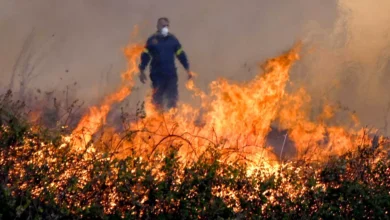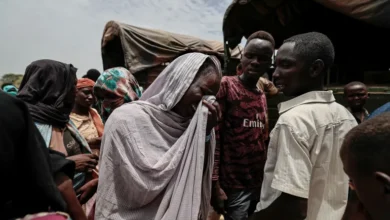Oropouche virus outbreak in Latin America, PAHO issues warning

The Pan American Health Organization has issued an epidemiological alert for Oropouche virus, a rare disease spread by midges and mosquitoes.
At least 8,078 confirmed Oropouche cases, including two fatal ones, have been reported in Central and South America, according to the United Nations’ ReliefWeb.
“The Pan American Health Organization/World Health Organization urges member states to strengthen surveillance and implement laboratory diagnosis for the identification and characterization of cases, including fatal cases and vertical transmission potentially associated with OROV infection,” organization said Thursday.
The Pan American Health Organization is a specialized agency of the United Nations in charge of international health cooperation in the Americas.
The cases are concentrated in Bolivia, Colombia, Cuba, Peru and Brazil.
Brazil has reported the most confirmed cases, 7,284, and where the two deaths were reported, women ages 21 and 24. Also a third fatal case is being investigated in Brazil.
Only 832 cases were reported in Brazil last year.
According to PAHO, the two young women died a few days after experiencing sudden symptoms such as fever, muscle aches, pain behind the eye sockets, headaches and vomiting.
Oropouche virus symptoms are similar to dengue, according to the CDC.
The U.S. Centers for Disease Control on July 17 “about possible cases of pregnant mother-to-child transmission of Oropouche virus.”
The CDC is working with PAHO and other international partners to learn more about the potential risks of Oropouche during pregnancy.
No vaccines or specific antiviral drugs are available to prevent or treat Oropouche infections, according to the CDC.
The CDC recommends preventing bug bites.
“Patients typically recover without long-term sequalae, including in severe cases,” the CDC said. “There have been very few deaths reported among people infected with Oropouche virus.
The virus was originally reported by the Oropouche River in Trinidad and Tobago in 1955.









